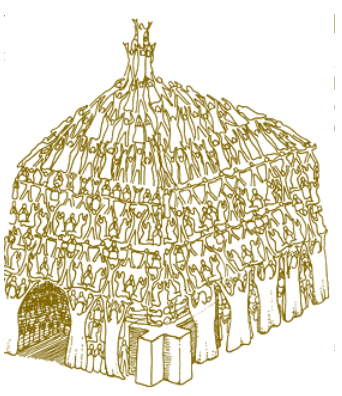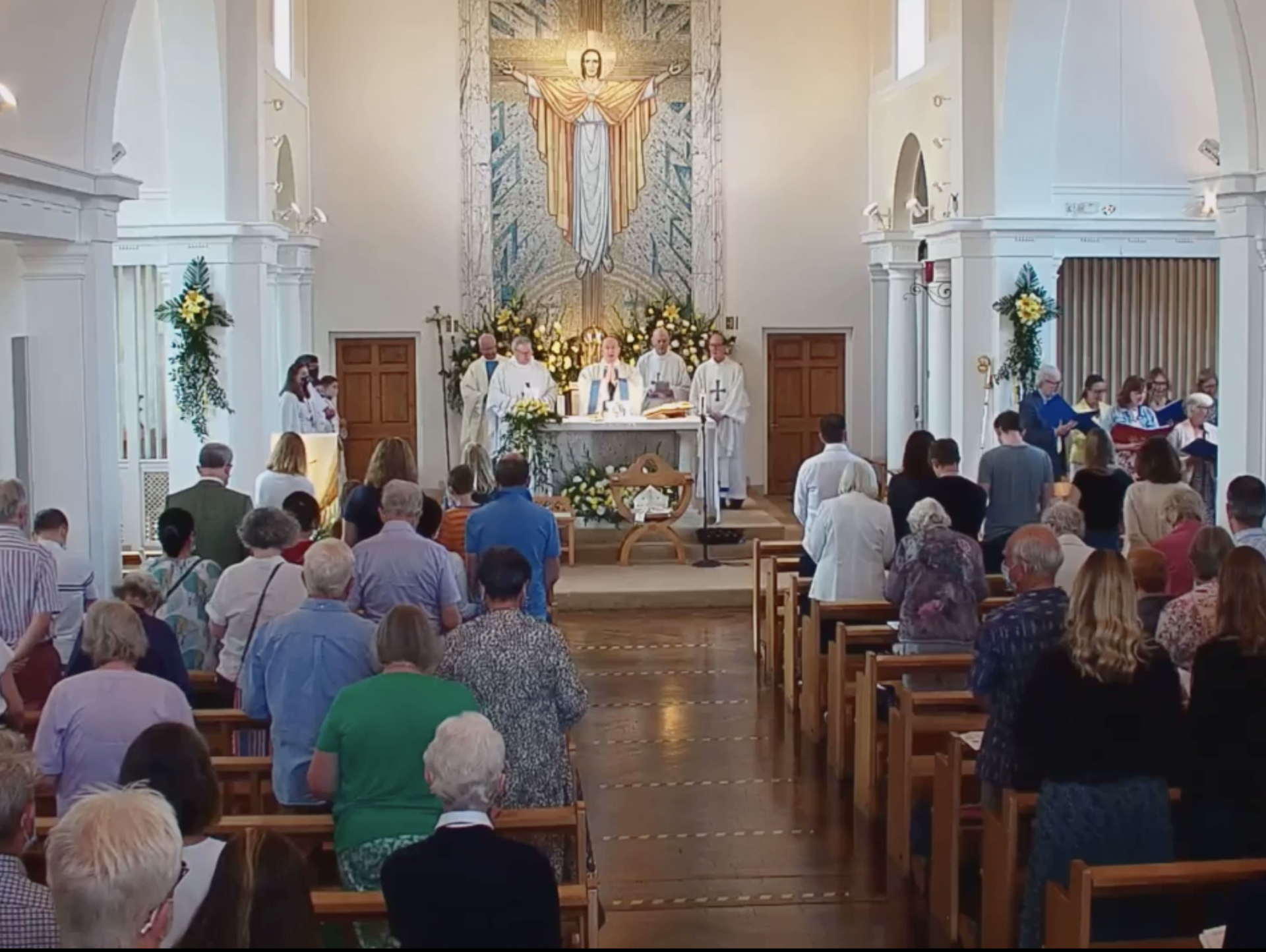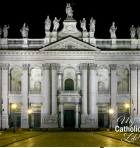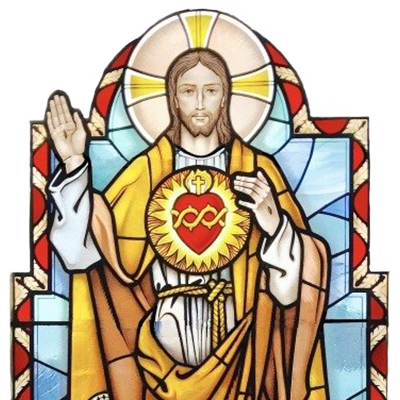15th August 2021
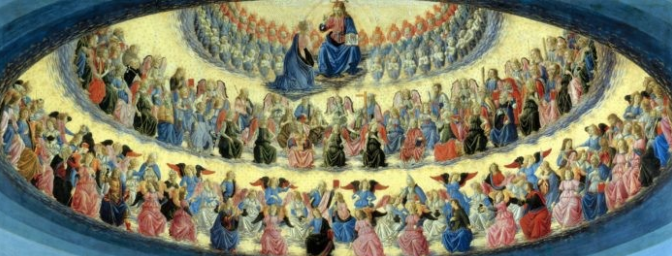
The Assumption of Mary into heaven, an event not described in biblical tradition, has nevertheless been part of Church tradition since earliest times. It emerged out of reflection among the faithful on the profound role that Mary had in the salvation of all humanity, especially in her openness and faithfulness to God. This openness and faithfulness to God were most profoundly witnessed in her bearing and giving birth to the Son of God, her son Jesus. It was understood that her role in the divine plan warranted her being taken bodily to heaven, to be in the home of God, the one to whom she gave a home in God’s earthly sojourn.
Some have seen support for the Church’s teaching regarding Mary in the image of the woman clothed with the sun” in Apocalypse. The woman certainly could stand for Mary, since the woman “gave birth to a son, a male child, destined to rule all the nations with an iron rod.” But like so many images in the Apocalypse, the symbol is polyvalent, having more than one referent. Remember, the woman had “on her head a crown of twelve stars,” which could signify the twelve tribes of Israel or the twelve apostles, so referencing the Church. Later, the woman “fled into the desert where she had a place prepared by God.” The Lectionary omits the conclusion of the verse: “that there she might be taken care of for twelve hundred and sixty days - most certainly a reference to the Church, as the “twelve hundred and sixty days” refers to a symbolic number in Daniel regarding a period of three and a half years before the time of the end.
The point is that Mary is in heaven with her Lord and she is not simply the stuff of legendary, mythic, or symbolic numbers. She was an actual flesh and blood woman, chosen above all people, male or female, to play the most significant human role in the divine salvific plan. We should never lose track of her humanity. There is a temptation to dehumanise her, but this pays no justice to her faithfulness or to her as a model woman, someone women (and men) can follow as exemplary in trust and joy. When Mary heard the word from the angel, she went to confide in another women, not in the men of her family. She travelled “in haste” to the Judean hill country to see her relative Elizabeth. It was Elizabeth to whom Mary entrusted her momentous news and Elizabeth, far from questioning Mary, was open to Mary and her greeting. The Holy Spirit filled Elizabeth and she cried out, “Blessed are you among women, and blessed is the fruit of you womb. And how does this happen to me, that the mother of my Lord should come to me?”
Elizabeth was there for Mary, open to her joy and faithfulness, open to being with her and listening to her story. It was in response to Elizabeth’s belief, recall, that Mary recited the Magnificat. In this song of praise, Mary speaks of her joy at being chosen, of being blessed in spite of being what she calls “lowly.” More significantly, Mary places her own role in the context of God’s promises and faithfulness to the people of Israel and the lowly and forgotten of the world. So often the lowly and the forgotten in the world are comprised of women, whose roles are denigrated and whose bodies bear the brunt of abuse and pain.
Mary did not just stop by to talk to Elizabeth; she needed to stay with Elizabeth and so “Mary remained with her about three months and then returned to her home.” They were women together because though Mary had been called and chosen for a role unique among women, had been set apart to return bodily to God’s kingdom, she needed another woman, a friend and relative, to talk to, to be with, to share her story.


